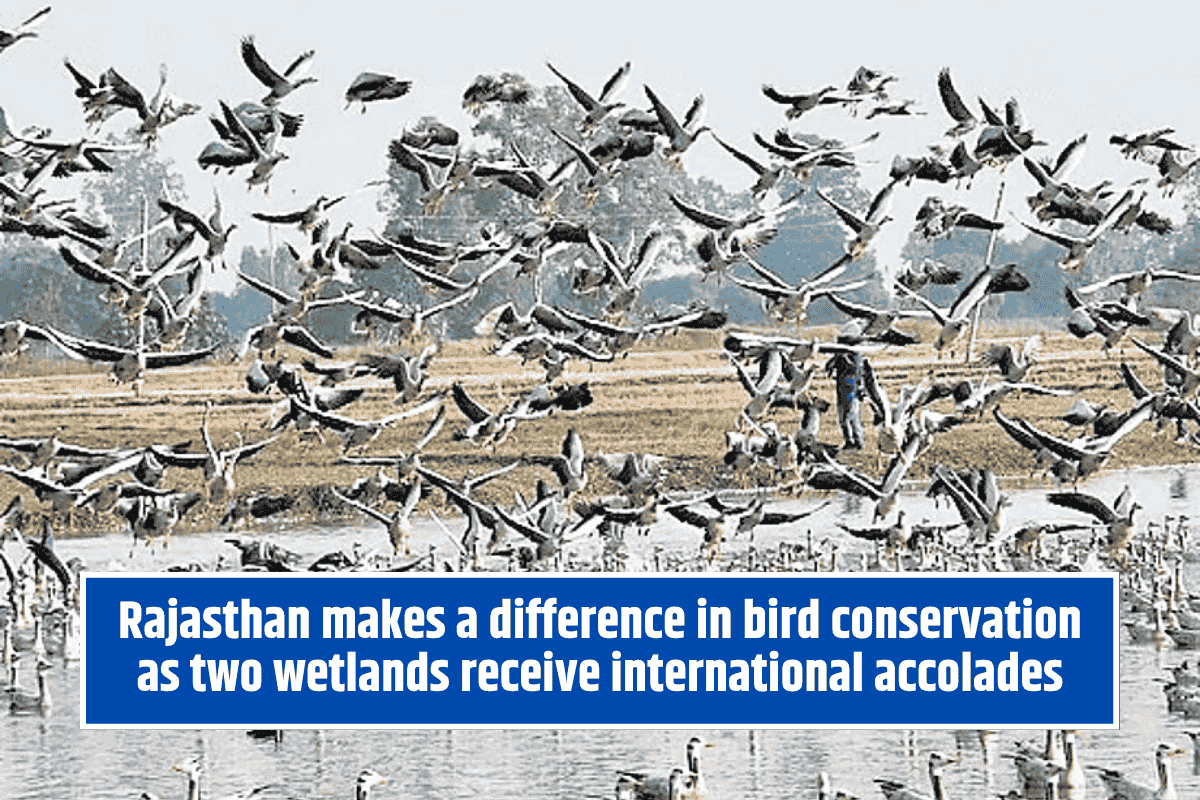In Bhutan, two newly hatched chicks of the white-bellied heron have reached adulthood, marking a major win for conservation efforts. This bird is critically endangered, with fewer than 60 believed to exist in South Asia. The success was made possible with grants from the Suntory World Bird Conservation Fund and the Toyo Tire Group Environmental Protection Fund. When the second chick matured in June 2024, it brought hope to conservationists who are working hard to save this rare bird.
Why the White-Bellied Heron is Important
The white-bellied heron (Ardea insignis) is one of the largest herons in the world. It can grow over 4 feet tall, with a wingspan close to 7 feet. These birds live in clean, undisturbed rivers and wetlands. Scientists call it an “umbrella species,” meaning that protecting it also helps save many other plants and animals in the same habitat. However, their numbers are dropping fast because their natural homes are shrinking.
One big challenge is nest raiding by monkeys and other predators, which causes many eggs to be lost. Collecting eggs from dangerous cliff areas also puts field teams at risk. In the past, artificial incubation efforts failed, partly because the conservation center was new and staff had little training.
Support and Expertise from Japan
The White-bellied Heron Working Group, a volunteer group, brought in veterinarians and bird experts experienced with large birds like storks and ibises. The Japanese Association of Zoos and Aquariums helped too, offering advice through online meetings.
Special equipment, such as portable incubators and rearing cages, was sent from Japan to Bhutan. Vitamins, calcium, and special bedding helped the chicks grow strong and healthy. For example, Dr. Rei Matsumoto from Hyogo Park suggested using twig bedding that the chicks could grip better with their tiny feet.
Progress and Hope at the Conservation Center
The two chicks hatched in early 2024 and thrived under careful care. By June, both were strong enough to be moved to bigger enclosures. While some experts visited Bhutan, others supported the team online, sharing advice on nutrition and chick care.
The staff plans a training trip to Japan to learn more about raising storks and receive veterinary guidance. The Royal Society for Protection of Nature (RSPN) hopes to build a stable captive population of 16 birds by 2028, aiming to release dozens into the wild by 2050.
Challenges and Future Plans
A major concern is inbreeding because of the small population. In 2023, three chicks were euthanized due to genetic problems, highlighting the need for careful genetic management. To fix this, RSPN and Japanese partners plan to expand the founder population, possibly exchanging eggs with countries like India and Myanmar.
Japan’s experience with reintroducing the Oriental Stork and Crested Ibis gives valuable lessons in managing fragile eggs and genetic issues. Professor Tomoyuki Shimano, part of the support team, said Japan wants to share its knowledge internationally to save species like the white-bellied heron.
Hope for the Future
The two adult herons symbolize hope for this rare species. Conservation teams believe that ongoing international cooperation will help increase their numbers. Local scientists are thankful for the expert volunteers and are committed to improving artificial breeding methods. Every success brings the white-bellied heron one step closer to survival, protecting not just these majestic birds but also the fragile ecosystems they depend on.
The story of the white-bellied heron shows how teamwork, expert knowledge, and patience can help save endangered species and inspire hope for a healthier planet.
FAQs
Why is the white-bellied heron critically endangered?
There are fewer than 60 white-bellied herons left due to habitat loss, nest predation, and genetic challenges.
How did the two chicks survive to adulthood?
Support from Japanese experts, specialized equipment, vitamins, and improved rearing methods helped the chicks grow strong and healthy.
What role does Japan play in the conservation efforts?
Japan provides expert advice, equipment, training, and shares experience from similar bird conservation projects.
What are the main challenges in conserving the white-bellied heron?
Challenges include nest raiding by predators, risks during egg collection, limited local training, and inbreeding risks in a small population.
What are the future plans for the white-bellied heron population?
The goal is to establish a stable captive population by 2028 and release many birds back into the wild by 2050 through international cooperation.











